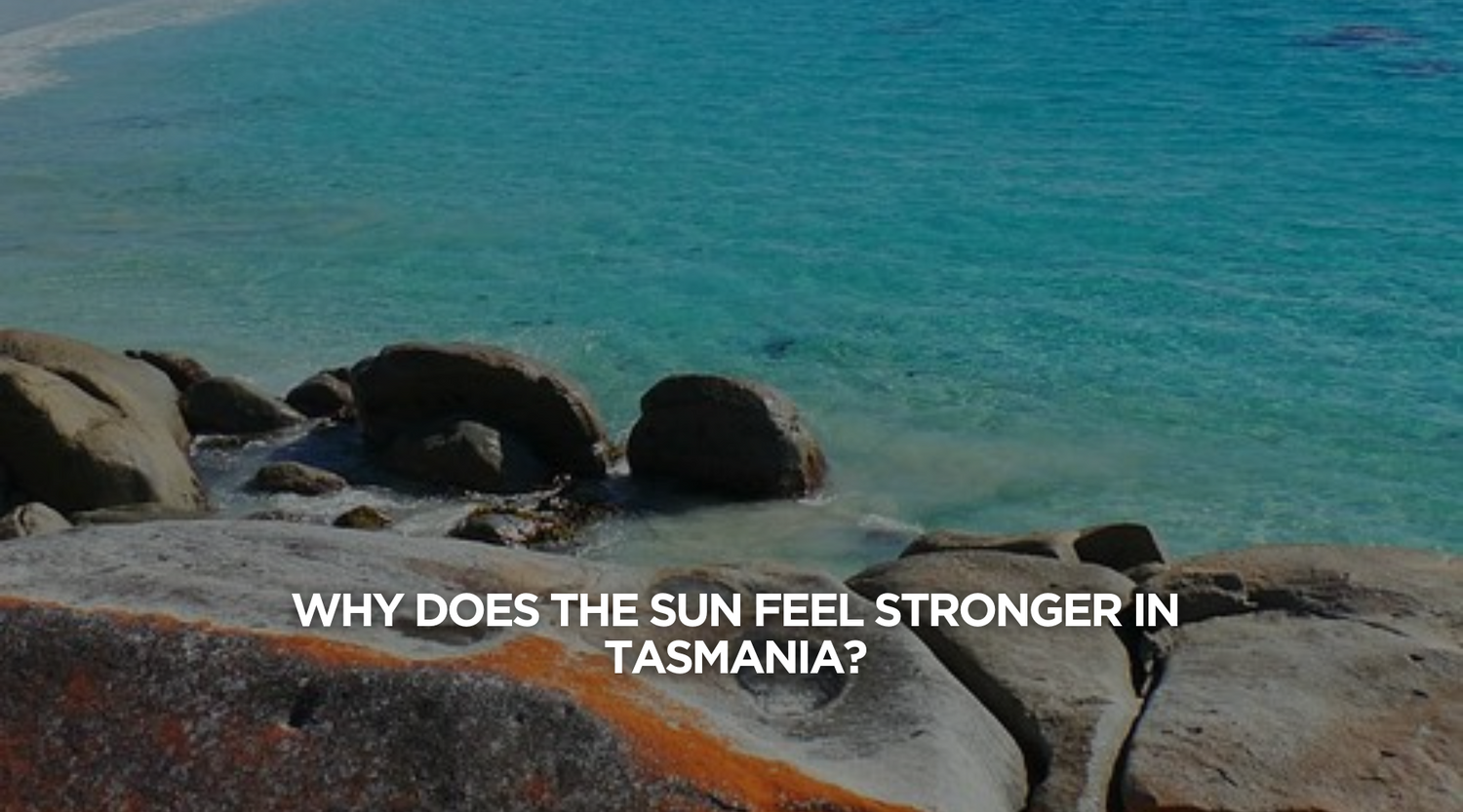Tasmania, Australia's southernmost state, is renowned for its cooler climate and pristine environment. However, many are surprised to discover that the sun's rays can be particularly intense in this region. Understanding the factors contributing to Tasmania's strong solar radiation is crucial for residents and visitors alike to take appropriate sun protection measures.
Geographical Position and Earth's Orbit
Tasmania's latitude places it closer to the Antarctic Circle, resulting in longer daylight hours during the summer months. Additionally, due to Earth's elliptical orbit, the Southern Hemisphere is approximately 1.7% closer to the sun during its summer (December to February) compared to the Northern Hemisphere's summer. This proximity leads to about 7% more solar UV intensity. Combined with clearer atmospheric conditions, Australians, including Tasmanians, are exposed to up to 15% more UV radiation than Europeans.
Clear Skies and Low Pollution Levels
Tasmania boasts some of the cleanest air globally, with minimal industrial pollution. While this contributes to the state's natural beauty, it also means there's less atmospheric interference to filter out UV radiation. Consequently, more UV rays reach the ground, increasing the potential for skin damage.
Ozone Layer Considerations
While the primary ozone hole is situated over Antarctica, air currents can occasionally transport ozone-depleted air masses over Tasmania. This results in periods where the protective ozone layer is thinner, allowing higher levels of UV radiation to penetrate the atmosphere.
Perception vs. Reality
The cooler temperatures in Tasmania can be misleading. Many individuals underestimate the sun's strength on mild or overcast days, leading to prolonged exposure without adequate protection. It's essential to recognise that UV radiation is independent of temperature; even on cool days, UV levels can be high enough to cause skin damage.
Sun Protection Recommendations
Given these factors, it's vital to adopt comprehensive sun protection practices in Tasmania:
-
Wear Protective Clothing: Opt for UPF50+ garments, such as long-sleeved shirts, wide-brimmed hats, and sunglasses, to shield your skin and eyes from UV rays.
-
Apply Broad-Spectrum Sunscreen: Use a broad-spectrum SPF50+ sunscreen on exposed skin, reapplying every two hours, especially after swimming or sweating.
-
Seek Shade: Limit direct sun exposure during peak UV periods, typically between 10 AM and 4 PM.
-
Stay Informed: Regularly check the local UV index to make informed decisions about outdoor activities and necessary protection.
By understanding the unique environmental factors that contribute to Tasmania's intense sun and implementing effective sun safety measures, individuals can enjoy the state's natural beauty while minimising the risk of UV-related health issues.
